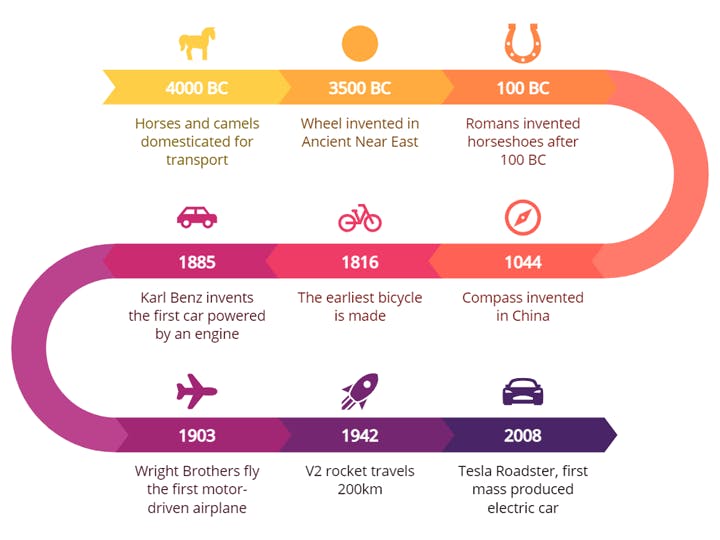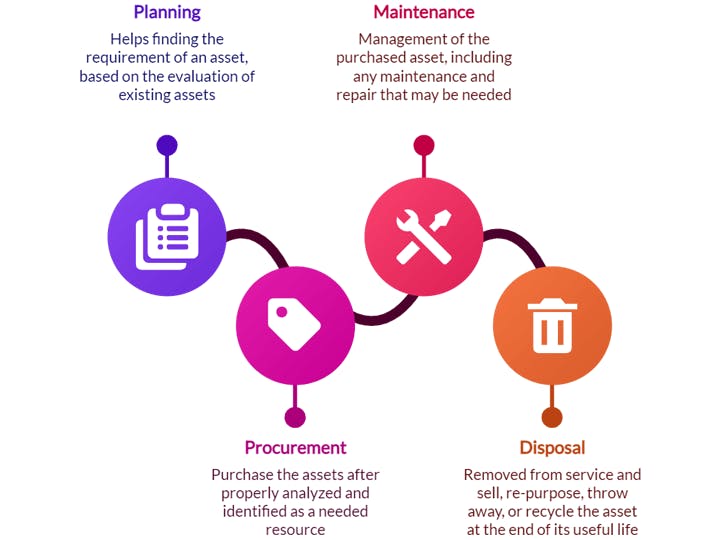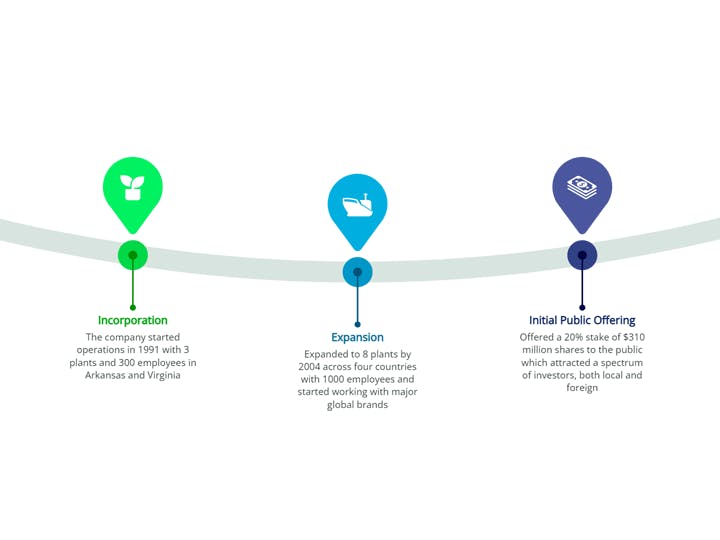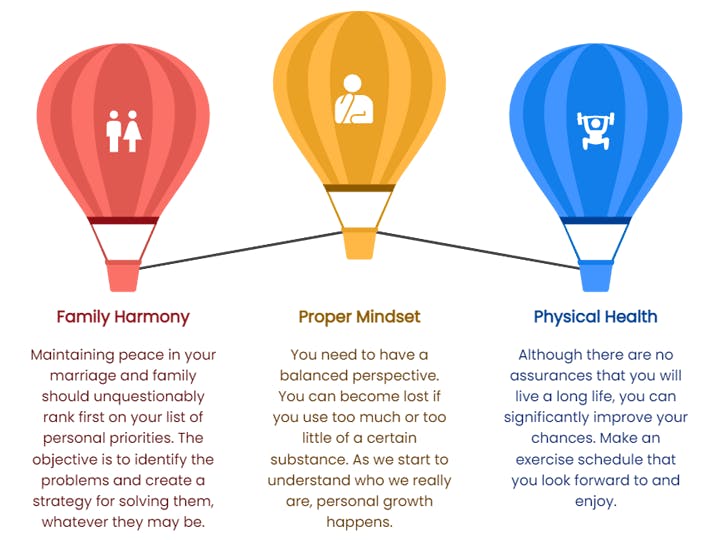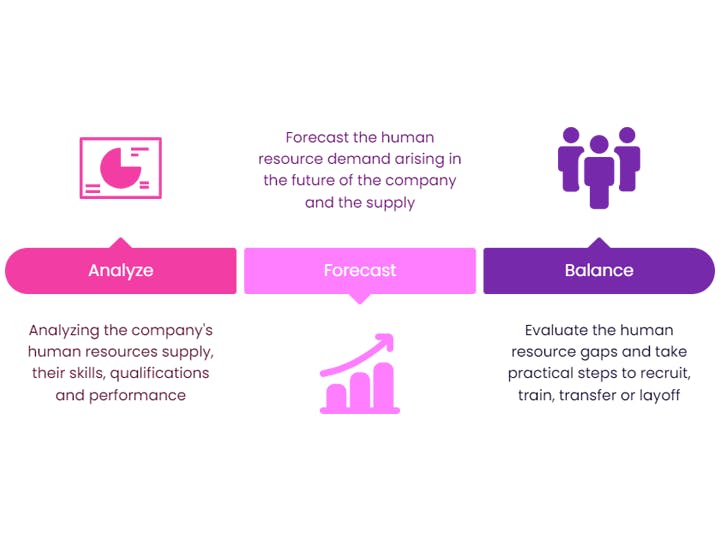
Introduction
Albert Einstein was born on March 14, 1879 in Ulm, Germany. His parents wanted him to be an engineer and encouraged his interest in science. His father introduced him to the joys of math when he gave him a book on Euclidean geometry when he was just five years old. Einstein attended college at the University of Zurich and graduated with honors in 1900 with a degree in physics. After graduating from college, Einstein decided to go into teaching mathematics in secondary schools for two years before he began working at the Swiss Patent Office. While working at the Swiss Patent Office, Einstein published three scientific papers that would later become very famous and influential. In 1905, while still working as a patent examiner, Einstein published four revolutionary papers that would change our understanding of space and time forever.
Einstein was born on March 14, 1879 in Ulm, Germany.
Einstein was born on March 14, 1879 in Ulm, Germany. His full name is Albert Einstein and he was born to a Jewish family. Einstein's father was an electrical engineer who had a good job at the Swiss Federal Office for Intellectual Property (now known as the Swiss Federal Institute of Intellectual Property).
Einstein's mother, Pauline Koch, died when he was six years old; however, this did not stop her husband from marrying her sister Johanna two years later! This unusual arrangement may have influenced young Albert's mindset toward marriage later in life.
Einstein's parents wanted him to be an engineer and encouraged his interest in science.
Einstein's parents wanted him to be an engineer, and they encouraged his interest in science. However, they did not support his academic pursuits. They thought that it was better for him to study practical topics like mathematics or physics than the arts (which included philosophy).
Einstein later said that he never understood why his parents were so against higher education: "I am indebted to my father for a living but to my mother for living well."
His father introduced him to the joys of math when he gave him a book on Euclidean geometry when he was just five years old.
Einstein's father was a teacher, and he encouraged his son's interest in math and science. When he was just five years old, Einstein received a book on Euclidean geometry as a gift from his father. The young genius devoured it with enthusiasm and soon started questioning the world around him with a critical eye.
Einstein attended college at the University of Zurich and graduated with honors in 1900 with a degree in physics.
Einstein was born in Ulm, Germany on March 14, 1879. His father encouraged his interest in science and mathematics, which led him to enroll at the Federal Polytechnic School in Zurich (now called Zurich University). There he studied physics and graduated with honors in 1900 with a degree in physics.
Einstein spent the next decade working as a patent clerk while continuing research on quantum theory and relativity theory. In 1905 he published four groundbreaking papers including one that would later become known as "the special theory of Relativity" which explained how light travels through space-time at different speeds depending on its source (speed vs mass).
After graduating from college, Einstein decided to go into teaching mathematics in secondary schools for two years before he began working at the Swiss Patent Office.
After graduating from college, Einstein decided to go into teaching mathematics in secondary schools for two years before he began working at the Swiss Patent Office. While working there, he published three papers on electromagnetism and relativity that would later become world-renowned.
Einstein continued to teach after his five-year stint at the patent office ended in 1909. He taught at the University of Zurich until 1911 when he was offered a professorship at Princeton University; however, Einstein declined this offer because he wanted more time for research than what was available at Princeton (which didn't have any laboratories).
While working at the Swiss Patent Office, Einstein published three scientific papers that would later become very famous and influential.
While working at the Swiss Patent Office, Einstein published three scientific papers that would later become very famous and influential. The first paper was on the photoelectric effect; it explained why light can knock electrons off of materials like metals or semiconductors. The second paper was about Brownian motion, which describes how particles move in a liquid due to the kinetic energy from random collisions with other particles. This work led to his understanding of how molecules move around in gases at room temperature (which is why you can heat coffee without burning yourself).
The third paper was titled "On the Electrodynamics of Moving Bodies", which contained some groundbreaking ideas about relativity theory and its relation with electromagnetism. In this paper, Einstein argued that space itself should be considered flexible instead of fixed--meaning that if one object moves through space faster than another object then it takes less time for them both to reach their destination because they're traveling through different distances at different speeds!
In 1905, while still working as a patent examiner, Einstein published four revolutionary papers that would change our understanding of space and time forever.
It was in 1905 that Einstein published four revolutionary papers that would change our understanding of space and time forever. These four papers are:
- The Special Theory of Relativity (1905)
- Brownian Motion (1905)
- Photoelectric Effect (1905)
- General Relativity (1915)
The first paper discussed special relativity which states that nothing can travel faster than light.
The first paper discussed special relativity which states that nothing can travel faster than light. Special relativity is a theory that was developed by Einstein in 1905 and it relates to the laws of physics. The main idea behind the theory is that time and space are relative, not absolute as Newton believed them to be. It also says that mass and energy are interchangeable - an object's mass (or weight) depends on its speed relative to other objects or observers; this leads us t our next topic: general relativity!
General Relativity: General Relativity is a theory developed by Albert Einstein in 1915/1916 based on Special Relativity as well as his own thought experiments involving gravity due to mass being concentrated at one point rather than evenly distributed throughout all points within space like we're used seeing today because those two concepts aren't compatible with each other when combined into one equation together so how do they work together?
The second paper discussed the relationship between mass and energy
In his second paper, Einstein discussed the relationship between mass and energy. This paper is known as E=mc2 where m is mass, c is the speed of light and E is energy.
In order to understand this equation, we must first define what each part means:
- Mass: The amount of matter in an object - how much "stuff" it has
- Energy: The ability to do work or produce heat - how many calories are in a piece of food?
Conclusion
In conclusion, Einstein was a genius who changed the world forever. He showed us that nothing can travel faster than light and that mass and energy are related in some way. His theories on special relativity and general relativity were groundbreaking in their own right but they also led to many other discoveries by other scientists who were inspired by his work.
If you create a timeline infographic for your reports, pick one from graficto. There are many timeline infographics added in graficto. So you can quickly make a beautiful infographic for your data.
